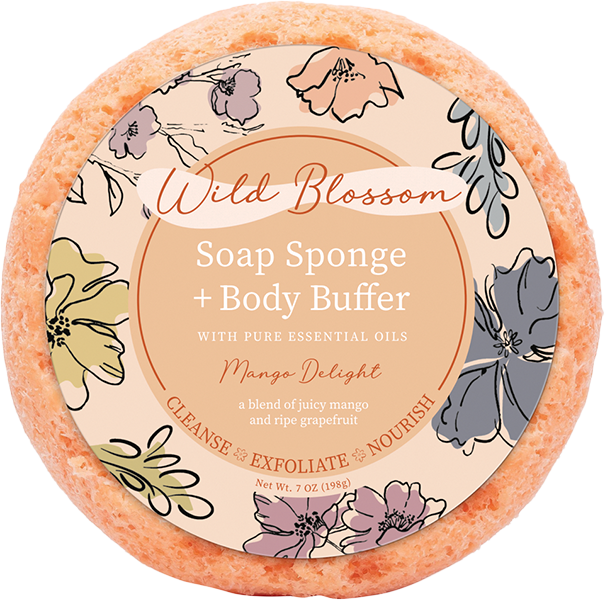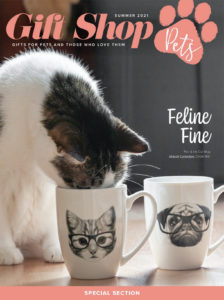Visual Merchandising for Pawsh Pets
For pet owners with a disposable income, eye-catching displays can help inspire higher transaction values and repeat visits to your store. Strong visual merchandising also improves the customer experience, giving people a reason to buy pet supplies in a brick-and-mortar store instead of ordering online.
Phillip Emigh, co-owner of Tails in the City in Chicago, said its displays can change as often as every day, depending on what new products arrive. Window and table displays typically change weekly and often follow a color theme.
One display technique used by Tails in the City is the tie display. “We just keep getting more ties and a different assortment of ties,” Emigh said. “It’s a quick, easy and fun thing that a client can do with their dog if they go to a party with him or they’re the greeter at a party.”

Mannequin dogs model bowties and neck ties along with t-shirts, which are available adjacent to the tie shop. In cooler weather, “We put our down jackets on the dogs and have the bowties sticking out for a Ralph Lauren feel,” Emigh added.
Other areas of the store offer themed shops that change according to current trends. “We have carriers, raincoats and matching leashes and collars,” Emigh said.

Polkadog Bakery, which has six locations in Massachusetts, frequently changes displays. “It makes people feel like they’re discovering something new every time they go into a retail store,” said owner Rob Van Sickle. He added that he likes to create “surprise moments” for customers and may leave with a few extra impulse buys.
Polkadog employees are empowered to put their own twist on displays so merchandising strategies vary from store to store. “Everybody who works with us has a different viewpoint,” Van Sickle said. “One person’s imagination and creativity can open up a door to other opportunities.” Displays strive to tell a story, whether it’s through color, texture or functionality.

Polkadog also has an unusual merchandising challenge in that the shop carries its own branded products as well as products from other vendors. “Telling that story cohesively while simultaneously being mindful of the difference between Polkadog the retail store and Polkadog the brand dictates a lot of our thinking and strategy,” Van Sickle said. “As our retail business has grown and matured, we’ve grown and matured with how we’re merchandising things and how we’re thinking about branding.”

Several locations use branded crates to differentiate Polkadog products, but Polkadog’s newest retail location in Boston’s Seaport neighborhood tackles this challenge with wooden and steel shelves that carry Polkadog branding. “It allows us to showcase our own manufactured products in a clean, organized and attractive way,” Van Sickle said.
However, one unifying strategy is that Polkadog employees try to make displays look overflowing and full but not messy, often grouping like items together. “Imagine a product display at a really nice grocery store,” Van Sickle said. “It looks bountiful but it’s streamlined.”













 News
News










